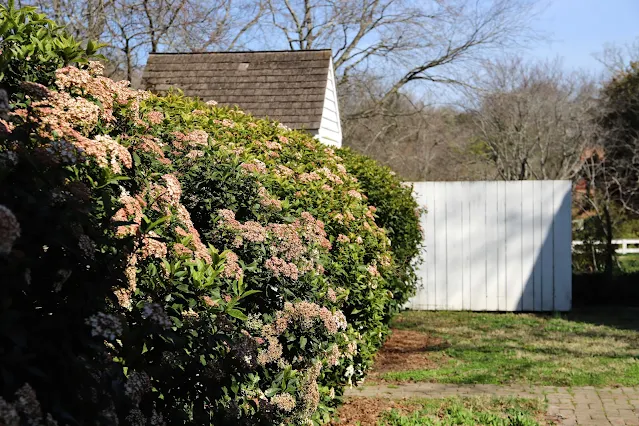Wednesday, March 27, 2024
Water Wells
Tuesday, March 26, 2024
Sunday, March 24, 2024
Hedges
In colonial times, and in many gardens today, hedges were used to outline a garden. These were used often as natural fences as well as used for their beauty. In Virginia, boxwoods were a very popular shrub used. A popular use, if one had the money, was to cultivate a maze or labyrinth.

Well-tended shrubbery presented a place for private conversations and good hiding places for children's games. One could relax in the shade, or follow a trail to the rest of the garden.
However, because plants like these tended to grow copiously, it was important to keep them in check. Every place a person went, these plants could be seen and recognized." -- National Park Service
Subscribe to:
Comments (Atom)




